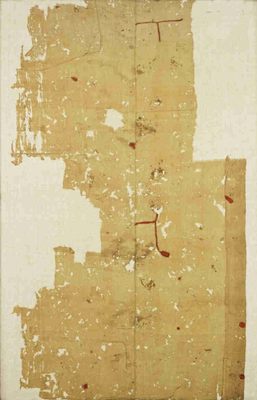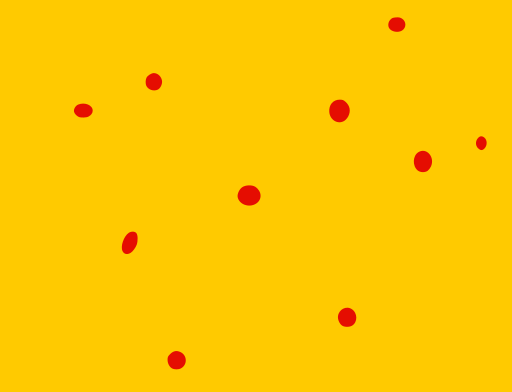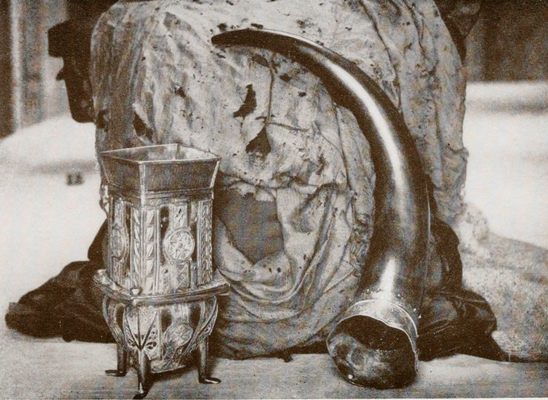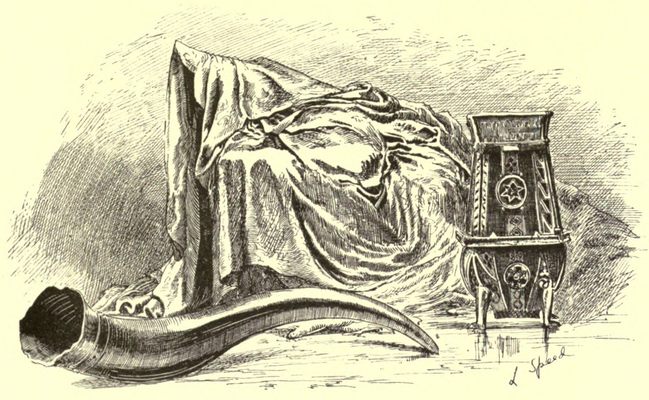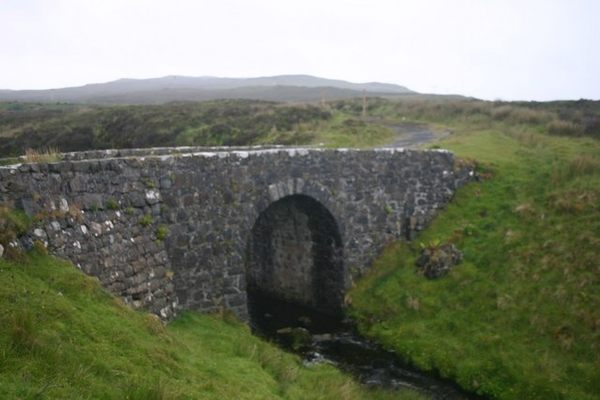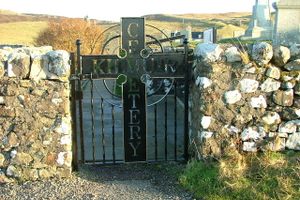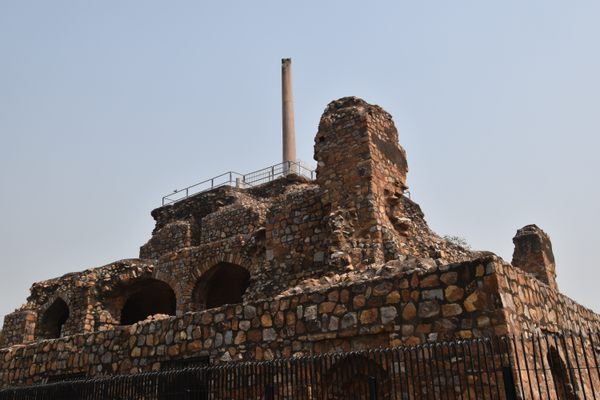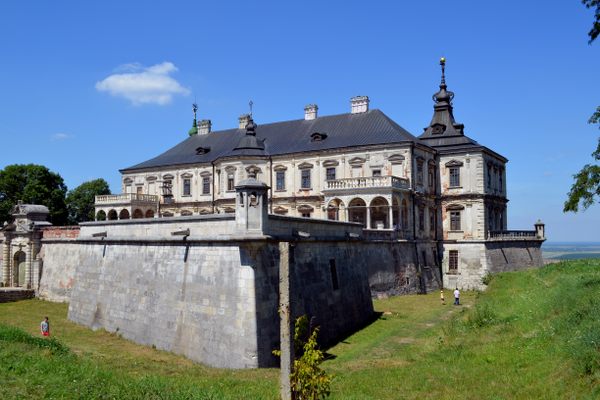About
Walking through Dunvegan Castle’s restored rooms filled with Clan MacLeod’s heirlooms and treasures, visitors will pass a frame containing what looks like a tattered piece of cloth hanging on the wall. This is the Am Bratach Sith (Fairy Flag), a small square of ancient silk with supernatural origins. Its powerful magic is believed to have protected the clan for centuries.
At least three versions of the flag’s origin story exist. The first tells of a Clan MacLeod ancestor who took part in one of the Crusades. On his journey, he was fed and sheltered by a hermit living in a mountain pass. The hermit warned him of an evil spirit known as Nein na Pheopere (Daughter of Thunder) who guarded the pass and destroyed true believers. According to this legend, MacLeod battled and defeated the spirit. Upon her death, the Daughter of Thunder bid him to take her girdle and spear and make them into a flag and staff.
The other two origin stories take place closer to the flag’s eventual home. The first variation tells of a feast at the castle. The chief’s son was put to bed in his cradle in the tower by his nurse, who then hurried down to the main hall to join in the festivities. Alone in the tower, the baby fussed and kicked off his blankets but his cries went unheard by the revelers below. A fairy appeared and wrapped the baby in a silk shawl. The next morning, when the nurse brought the baby into the main hall wrapped in the flag, the room filled with the sound of voices singing a fairy lullaby.
The second fairy origin story involves a bridge a few kilometers from the castle. This legend tells of a MacLeod chief who married a fairy. The fairy lived with her human husband for a time before returning to her homeland. They separated at the Fairy Bridge, and she presented him with a banner as a parting gift. Whenever the clan was in trouble on the battlefield, she told him, waving the banner would bring victory, but with a catch: The magic would only work three times.
With all of the legends swirling around the flag, a few things can be known for certain. The flag, which measures about 18 inches on each side, is made of yellowish-brown silk and decorated with small red “elf dots.” It once had small crosses embroidered from golden thread as well, but these have long since worn away.
In the early 20th century, Sir Reginald MacLeod, the 27th chief of the clan, sought to preserve what was left of the flag by having it placed under glass in a sealed frame by the experts at the Victoria & Albert Museum in London. At this time, the flag was examined by the famous English archeologist Alan John Bayard Wace. According to his analysis, the stitching on the flag was likely done in the Near East, while the silk likely came from Syria or Greece, and was possibly a relic of some kind, perhaps the shirt of a saint. At this time, the MacLeods believed that they were descended from the Norseman Harald Hardrada. Wace theorized that Hardrada, who was known to be in Constantinople in the 11th century, acquired the banner while pillaging pilgrim routes in the Middle East and brought it back to Britain, where it later passed to a MacLeod. Upon hearing this Wade’s analysis, Reginald MacLeod said “Mr Wace, you may believe that, but I know that it was given to my ancestor by the fairies.” Wace replied, “Sir Reginald, I bow to your superior knowledge.”
Aside from assured victory in battle, other powers attributed to the flag include curing cattle diseases, increasing fertility, and summoning herring into the loch near Dunvegan. While much of the flag’s history and powers are shrouded in mystery, nearly all those who believe in the legends agree that the magic will only work three times. What will befall the flag and the clan upon the third use is less clear. Some legends prophesy that an invisible being will take away the flag forever, while others warn that the third unfurling will herald the complete extinction of the clan. The flag is said to have been used twice in battles in the 14th and 15th centuries. If the legend of it holding three charges of magic is true, it can only be used one more time.
Modern legends relating to the flag’s role in World War II are similarly conflicted. The castle’s official website recounts an offer by Dame Flora MacDonald, the 28th clan chief, to wave the flag from the cliffs of Dover if its powers were needed to repel a German invasion. But other locals believe that Winston Churchill traveled to Dunvegan to request the use of the flag to ensure an Allied victory. Clan MacLeod, however, was wary of the prophecy of their downfall, and Churchill’s request was allegedly denied.
Related Tags
Know Before You Go
The castle is open daily from April 1 through October 15 from 10 a.m. to 5:30 p.m. Tickets start at £16.50.
Flavors of Scotland: Beyond the Haggis
Smoked seafood, single malt whisky, and warm hospitality.
Book NowPublished
November 27, 2023

